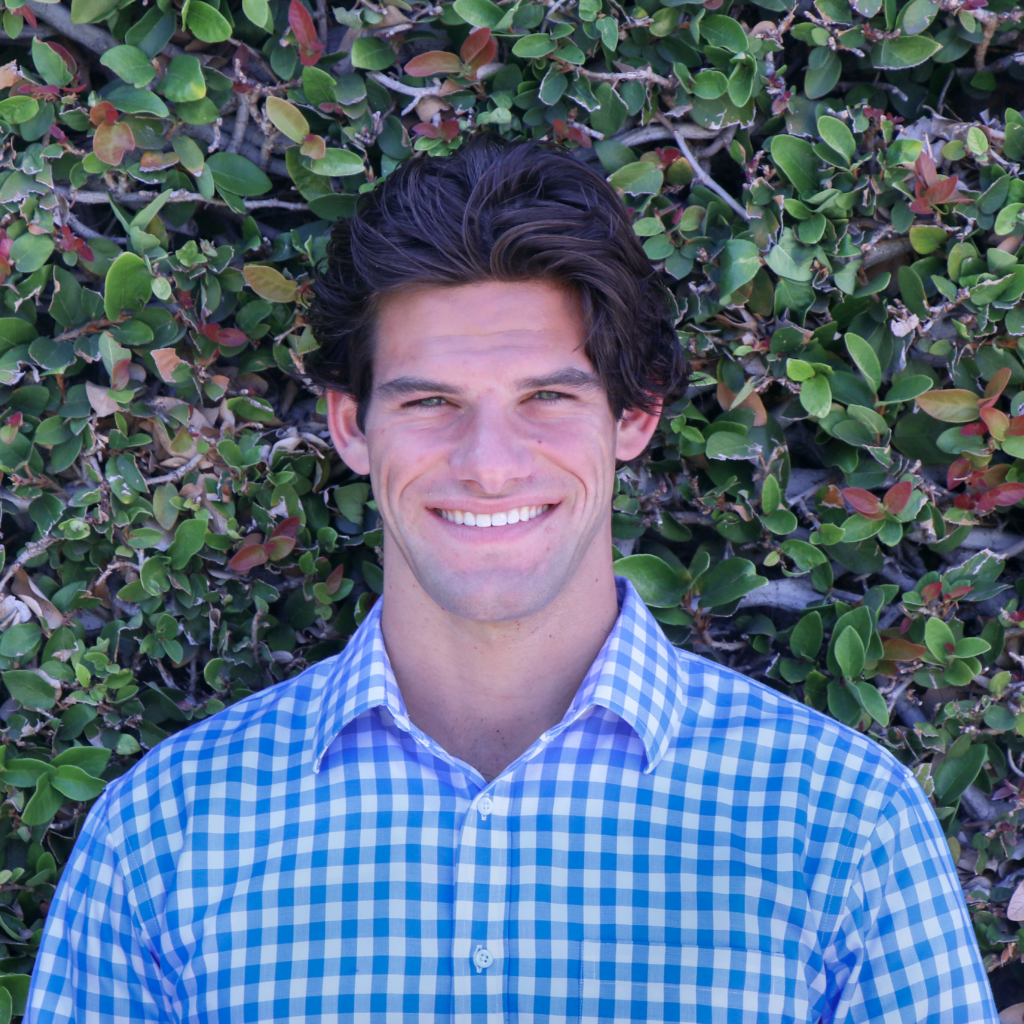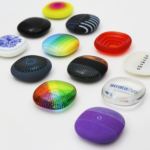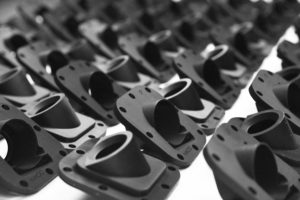3D printing offers an incredible value proposition for many rapid prototyping projects. With constantly expanding printing technologies, we now must discern what kind of printing method works best with certain applications. Our team at Purple Porcupine can help you find the right fit for your needs.
Rapid prototyping can range from purely aesthetic parts, up to parts for functional testing and machining. The trick to ensuring a successful prototype is picking out what technology works best for your application.
Let’s break down the different technologies: FDM, PolyJet, DLP & SLA, and PBF.
FDM
Fused Deposition Modeling (FDM) can be used for nearly any print. It utilizes a wide array of thermoplastic materials that can suit high temperatures, stresses, and UV exposure. Automotive and aerospace applications usually require the robust materials that FDM printing excels at. FDM is a quick and accurate way of validating a pre-production part’s dimensions and functionality.

PolyJet
PolyJet is the most versatile resin-based printing on the market. Combining the precision of DLP and SLA with multi-color and multi-material capabilities, it allows you to create parts with incredible realism. With over 500,000 colors possible, print accurate prototypes in any size. Plus, with Agulis30, it’s easy to test out different durometers of a pre-production part.
DLP & SLA
Digital Light Processing (DLP) and Stereolithography (SLA) printing methods have some of the highest resolutions in 3D printing, while maintaining a quick print time. Unlike PolyJet, DLP and SLA are only able to create single material parts. Both DLP and SLA are good for creating multiple resin-based parts, with high strength and impressive surface finishes.
PBF
Powder Bed Fusion (PBF) technology is often considered a production style mode of 3D printing. With relatively low cost per part alongside a high-strength nylon material, PBF is a great option for large quantities of end-use parts. At Purple Porcupine we offer two versions of PBF, Multi Jet Fusion (MJF) and Selective Absorption Fusion (SAF). MJF uses Nylon PA12. The new Stratasys H350 SAF printer uses Nylon PA11, which has high ductility and impact resistance, ideal for press fit applications.

To learn more about the possibilities of 3D printing, or to start your project, let me know. I’m happy to help you find the right solution for your needs. You can reach out to our team by email at [email protected] or by phone at 949.474.7222.

Meet Doug Simsarian
Meet Purple Porcupine Sales Engineer, Doug Simsarian. Doug focuses on helping customers find the right additive solution for their prototyping and production needs. His favorite part about working about Purple is the diverse projects and exciting applications.
Out of the office, Doug enjoys playing tennis, biking, and working on cars. If you haven’t had the chance to meet Doug yet, connect with him on LinkedIn or stop by our office and say hi!
Related Articles You May Enjoy

Why FDM And PolyJet Are Essential Technologies
I have been in the 3D printing industry since 2013. I’ve seen how trends come and go, new technologies promise to be a silver bullet, and how everyone is holding

From Napkin to 3D Model: CAD Design with Purple Porcupine
Do you have the next best toy to hit the shelves? Are you the trendsetter developing the newest craze? Or are you simply diagnosing a problem and determined to create

Multi-Material Printing with PolyJet
Creating unique and visually stunning prototypes has never been easier. For simple prototypes, Stratasys PolyJet machines generate detailed and effective models. But with projects requiring multi-body assemblies, full-color options, and







